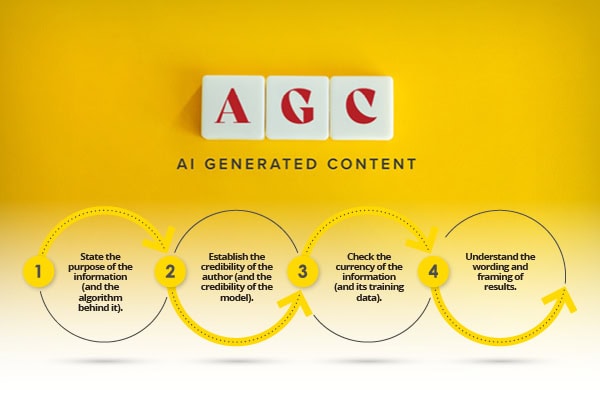A recent national survey of more than 1,000 math teachers reveals that many are rejecting the materials they should be using – textbooks, worksheets and digital materials — and cobbling together their own lesson plans, according to The Hechinger Report.
“A surprising number of math teachers, particularly at the high school level, simply said we don’t use the district or school-provided materials, or they claimed they didn’t have any,” says William Zahner, an associate professor of mathematics at San Diego State University. Students, he said, are often being taught through a “bricolage” of materials that teachers assemble themselves from colleagues and the internet.
“What I see happening is a lot of math teachers are rewriting a curriculum that has already been written,” said Zahner.
Survey results varied by grade level. More than 75 percent of elementary school math teachers said they used their school’s recommended materials, but fewer than 50 percent of high school math teachers said they did.
The do-it-yourself approach has two downsides, Zahner says, both affecting students. One problem is that it’s time-consuming. Time spent finding materials is time not spent giving students feedback, tailoring existing lessons for students or giving students one-to-one tutoring help. The hunt for materials is also tiring and can lead to teacher burnout, Zahner said.
The other problem is that teacher-made materials may sacrifice the thoughtful sequencing of topics planned by curriculum designers. When teachers create or take materials from various sources, it is hard to maintain a “coherent development” of ideas, Zahner explains. Curriculum designers may weave a review of previous concepts to reinforce them even as new ideas are introduced. Teacher-curated materials may be disjointed. Separate research has found that some of the most popular materials that teachers grab from internet sites, such as Teachers Pay Teachers, are not high quality.
Teachers were asked in the survey about the drawbacks of their assigned curriculum for English learners. Many said that their existing materials weren’t connected to their students’ languages and cultures. Others said that the explanations of how to tailor a lesson to an English learner were too general to be useful. Zahner says that teachers have a point and that they need more support in how to help English learners develop the language of mathematical reasoning and argumentation.
“There are a thousand reasons why this is happening,” says Zahner. One high school teacher in Louisiana who participated in the survey says his students needed a more advanced curriculum. Supervisors inside a school may not like the materials that officials in a central office have chosen. “Sometimes schools have the materials but they’re all hidden in a closet,” Zahner says.
In the midst of a national debate on how best to teach math, this survey is an important reminder of yet another reason why many students aren’t getting the instruction that they need.
The Hechinger Report





